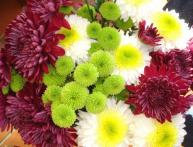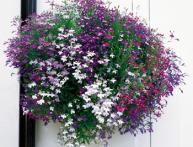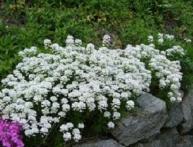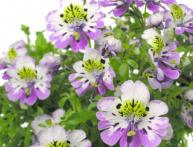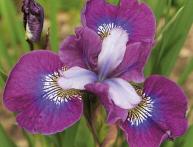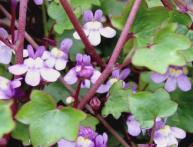Hydrangea Phantom, growing and caring for the plant
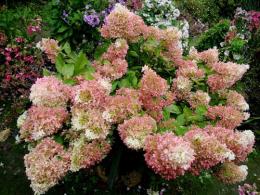
Hydrangea Phantom is considered one of the most beautiful among paniculate hydrangeas. The variety is distinguished by its magnificent lush flowering and the unique honey aroma that the flowers emit. This variety is very popular among floriculture lovers. However, not every summer resident knows how to properly organize the care of a plant so that its flowering lasts longer.
Content:
Features of the Phantom variety
paniculate hydrangeas originally grew in Japan, Korea and China, as well as on the island of Sakhalin. It is the place of origin that determines the plant’s excellent resistance to frost, even in winters with little snow. The cultivation of cultivated hydrangea varieties began only in the mid-18th century. At the same time, breeders tried to preserve the qualities that allow hydrangea to be grown in one place for a long time.
Hydrangea Phantom has all the qualities of the parent plant Hydrangea paniculata, and has a number of advantages that make it indispensable in gardens located in areas with an unfavorable climate or poor quality soil.
The main advantages of Phantom hydrangea are:
- Resistance to root diseases that occur on waterlogged soils
- Frost resistance
- Ability to quickly restore vegetative parts after pruning or freezing
- The ability to grow in one place for a long time without transplantation
- Possibility of forming a plant in the form of a tree or bush
- Flowering throughout the season
Despite the unpretentiousness, place for hydrangea you need to choose one that is sufficiently lit, but without direct sunlight throughout the day. The ideal place for the Phantom variety is an area near buildings or massive plantings that will protect the hydrangea from the wind.
Planting hydrangea Phantom
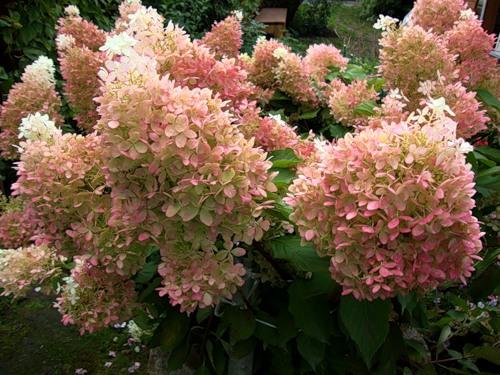
As planting material for hydrangea propagation Phantom cuttings or layering are used. It is recommended to plant seedlings in the ground with the onset of steady warming, from approximately April to mid-May.
It is better to prepare the site for planting two to three weeks before planting. The planting hole must be at least 50 cm long and 60 cm wide. Fertile soil, generously flavored with peat, is poured into the dug hole. If the soil is highly acidic, it is recommended to deacidify it with dolomite flour or lime.
After the soil placed in the planting hole is compacted, you can begin planting. The cuttings must be placed so that the root collar is flush with the soil surface. The soil should be added gradually so that it evenly covers the roots of the seedling. The first watering should be plentiful. It is important to ensure that the stream of water does not erode the soil above the root system.
Properly planted Phantom hydrangea takes root within two to three weeks. The formation of new roots is signaled by the appearance of new leaves on the seedling.
Plant care
After the Phantom hydrangea seedlings have begun to grow, it is important to pay special attention to plant care, which consists of watering, fertilizing and pruning.
Hydrangeas should be watered no more than once every 10-14 days. A sign that the plant needs moisture is when the top layer of soil dries out. 7-10 liters of water are poured under each bush in the first years of the hydrangea’s life, and in subsequent years at least 16-20 liters per watering. During the watering process, you can fertilize paniculate hydrangeas with mineral fertilizers.
With the coming of spring hydrangea needs nitrogen fertilizing. To stimulate shoot growth, it is good to use humus or green fertilizer. Twice a month, immediately after watering or during it, feed the bushes with fermented mullein or weeds with the addition of potassium humate.
During the budding period, mineral fertilizers with a high content of potassium and phosphorus are used to feed hydrangeas.
Hydrangea Phantom, in the absence of annual pruning, blooms worse due to excessive thickening of the bush. Therefore, before the onset of constant cold weather, it is necessary to trim the inflorescences, removing at least three buds from the top of the faded shoot. In spring, pruning comes down to sanitary cleaning of the bush from frozen parts. It is important to trim branches back to healthy parts of the wood. It is recommended to trim old Phantom hydrangea bushes “to the stump” for total rejuvenation.
With properly organized care, Phantom hydrangea blooms long and brightly, and has excellent resistance to adverse environmental factors.
Hydrangea propagation Phantom
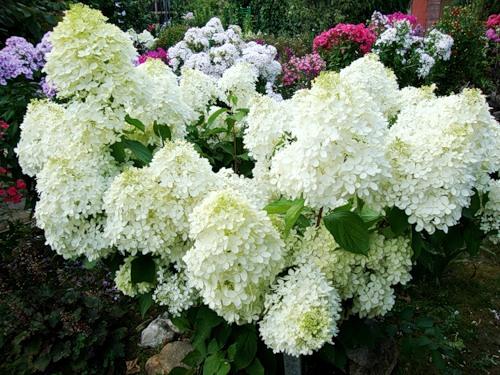
As planting material for hydrangea propagation Phantom most often uses cuttings harvested in the previous season. It is better to cut them in the first month of summer before lignification. The cut shoots are placed in water for several days, and then cut on both sides so that 3-4 buds remain on it. It is advisable to treat the lower cut with a root growth stimulator, and then place the cuttings in pots with soil consisting of a peat-sand mixture.
Pots with cuttings planted in them must be placed in a special greenhouse, or alternatively, cover them with jars or film. Shading from sunlight is required, for which the pots are placed in the basement.
It is important to constantly monitor the soil moisture in pots with cuttings and water them regularly. Rooting of seedlings occurs within several weeks. However, it is better to postpone planting in the ground until August next year, when the cuttings form sufficiently strong roots that can withstand replanting.
Hydrangea Phantom is a worthy decoration for any garden. Small investments in the form of providing good conditions for the development of the plant pay off with the joy of contemplating magnificent large inflorescences, delighting gardeners in any summer.
Find out all the types of hydrangea from the video:
Interesting information about the vegetable garden



